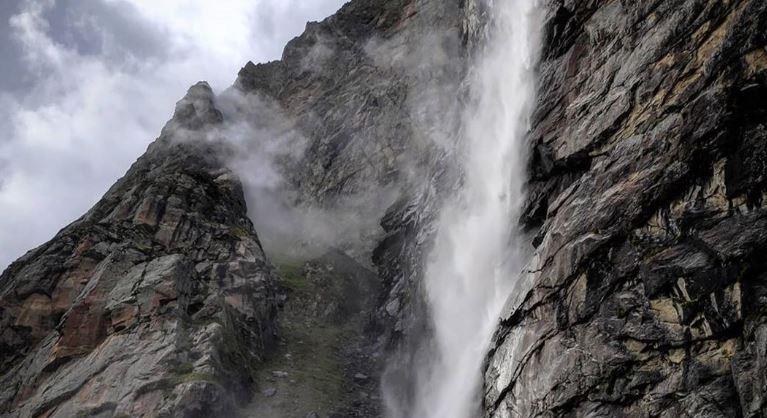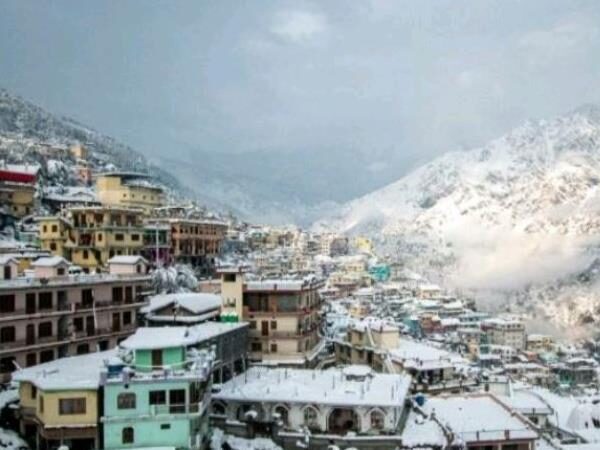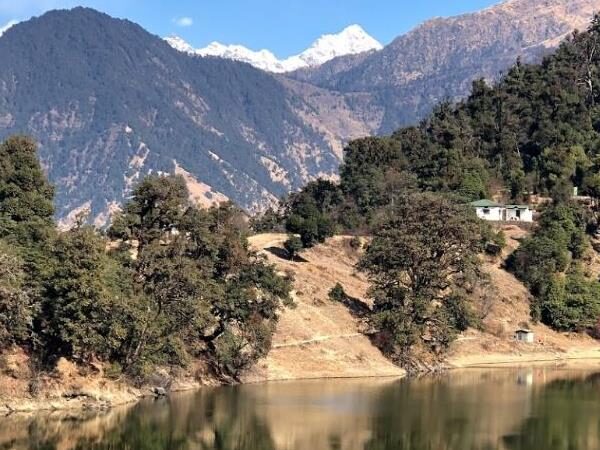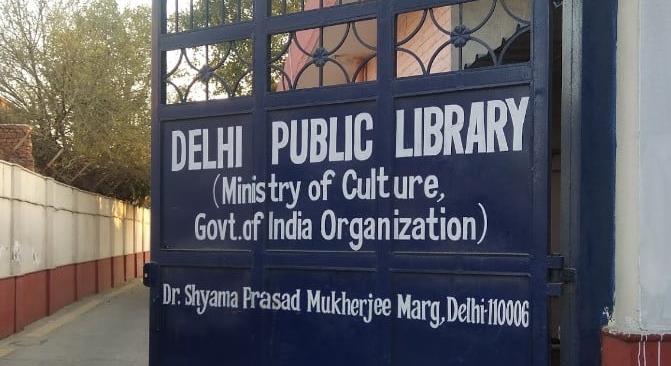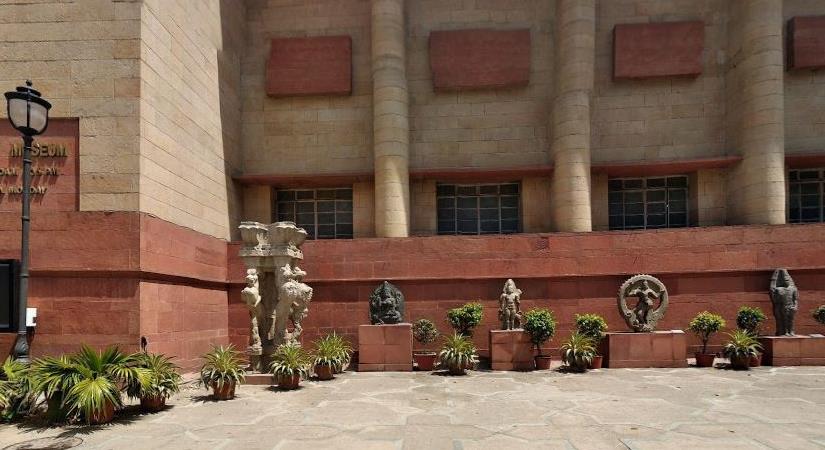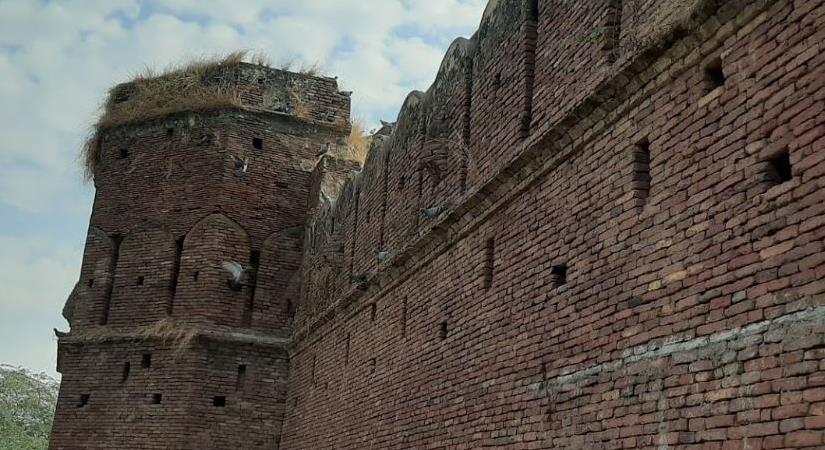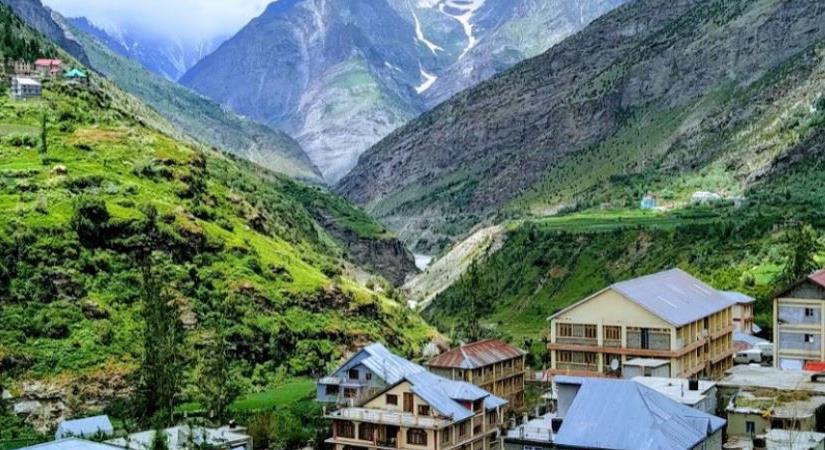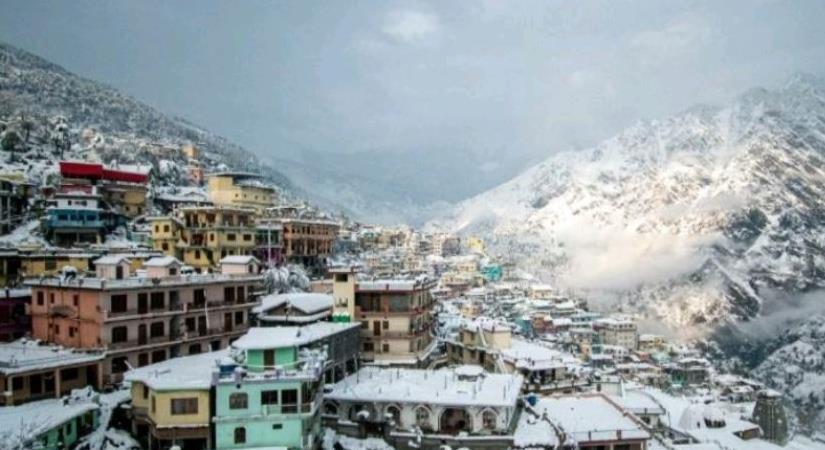Sri Badrinaryanar Temple is a Lord Vishnu temple in Badrinath in Chamoli district of Uttarakhand. It is one of the 108 divya desam and the Lord Vishnu here was worshipped by Periyalwar and Thirumangai Alwar. It is one of the Char Dham temple, the other 3 being – Dwarakanath Temple, Puri Jaganath temple and Rameswaram temple.
It is open for six months every year (between the end of April and the beginning of November), because of extreme weather conditions in the Himalyan region. But fret not, it’s easily accessible by road, and the best time to visit is from May to July, when the temperature is moderately cold.
Just keep in mind that monsoons can be dangerous with the risk of landslides. And, if you feel a little dizzy, don’t be alarmed, it’s normal due to the low oxygen levels in the air.
The temple is located on a scenic place on Garwal hill on the banks of Alakananda river.
The Lord Vishnu statue is made of black salagrama stone. The temple find mention in Vishnu Purana and Skanda Purana.
There are many tales associated with the Badrinath Temple, with one belief that it was a Buddhist shrine until the 8th century, after which Adi Shankara converted it into a Hindu temple. Another belief is that Adi Shankara established the temple in the 9th century after discovering an image of Lord Badrinath in the Alaknanda River. In the 16th century, the King of Garhwal moved the idol to its present location, and the temple underwent several renovations and expansions over the centuries, including after a major earthquake in 1803.
Finally, the temple gets its name from a legendary tale, where Lord Vishnu performed penance at this place, and during his deep meditation, he was unaware of the harsh weather. His consort, Goddess Lakshmi, turned into a Badri tree and protected the lord, which pleased him so much that he named the place Badrikashram.
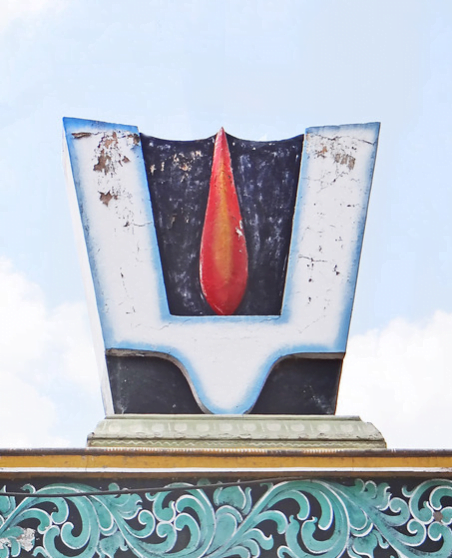
108 Divya Desam
This temple is one of the important Divya Desam in this earth known as Bhuloka Vaikuntam- abode of Vishnu on earth. Various Alwars have composed poems on Lord Vishnu – 6500 years back according to legends. Their composition of poems on Lord Vishnu temples all over India is known as Divya Prabandham which was compiled in 9th century.
